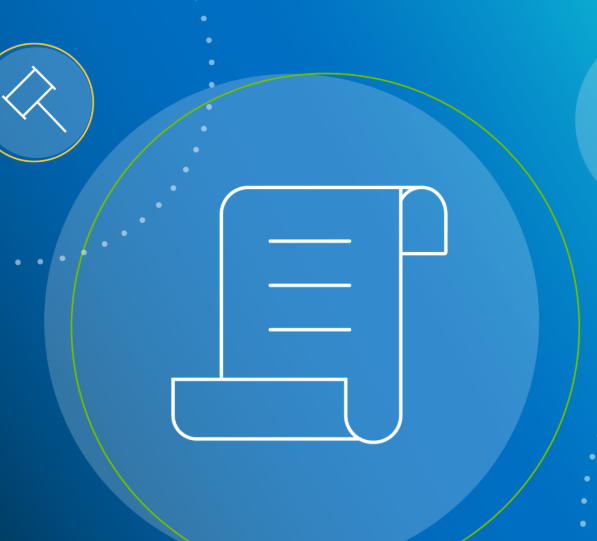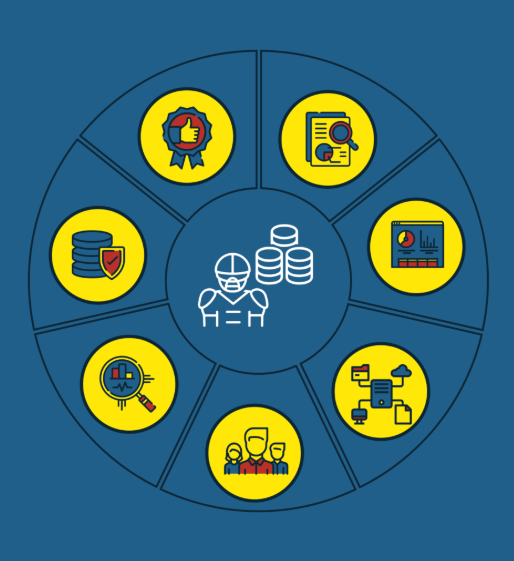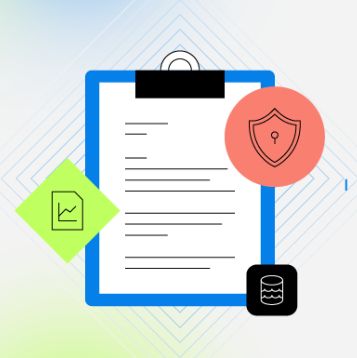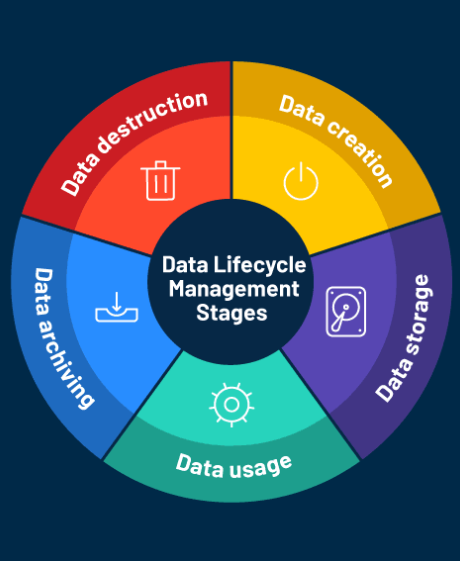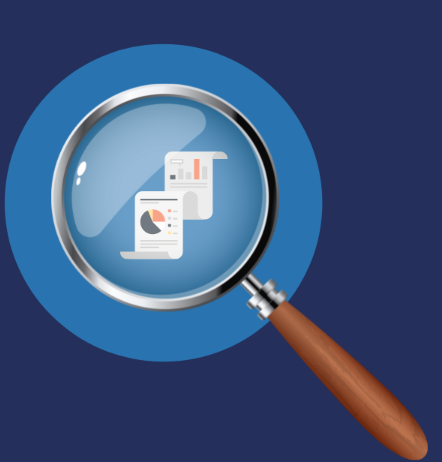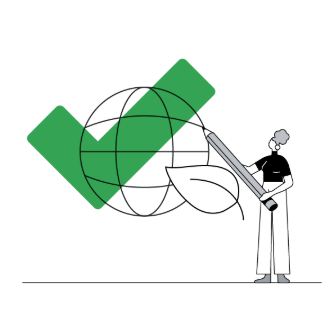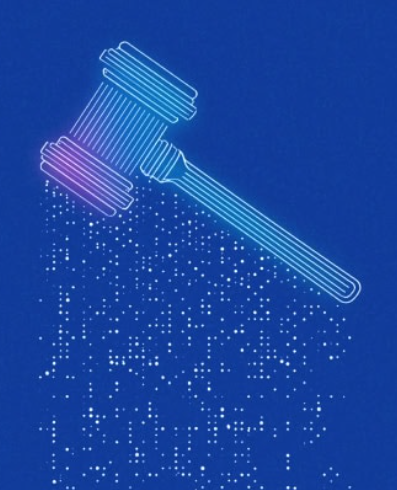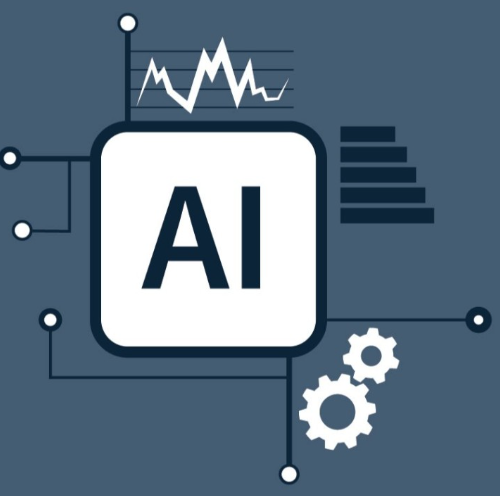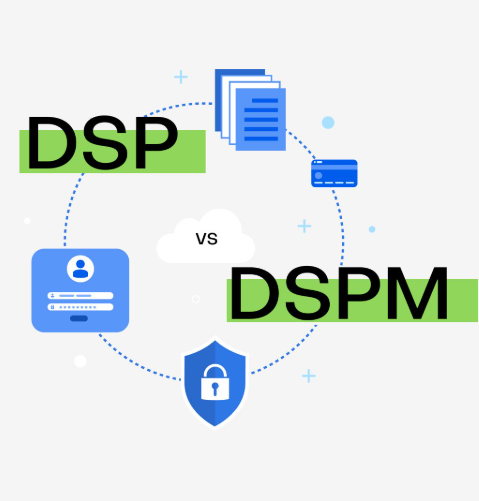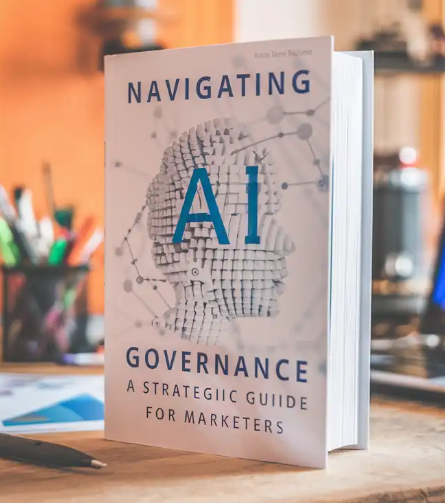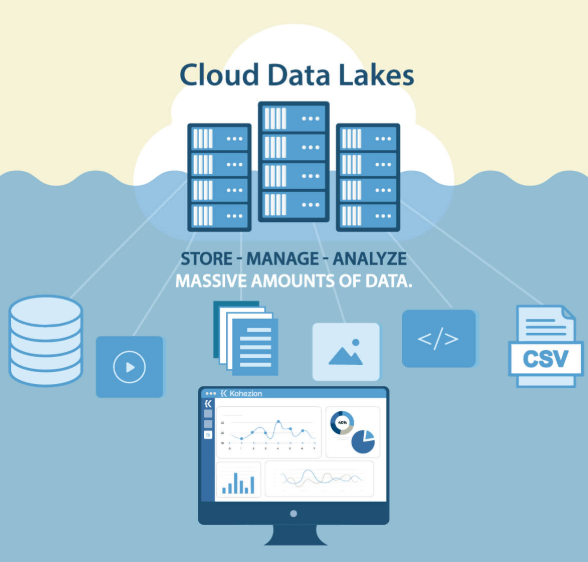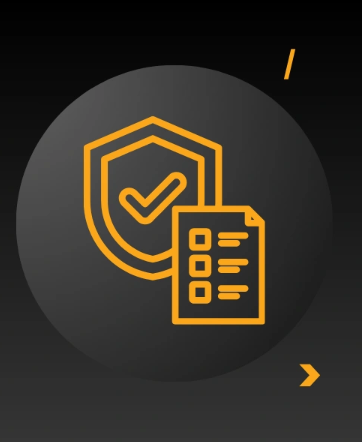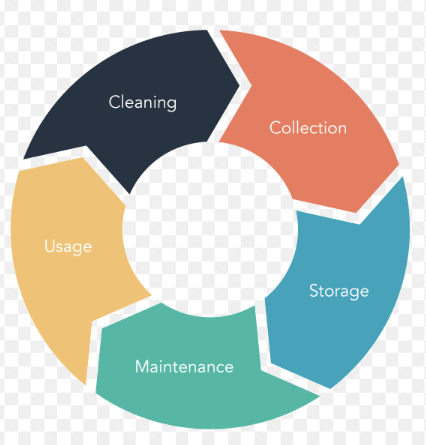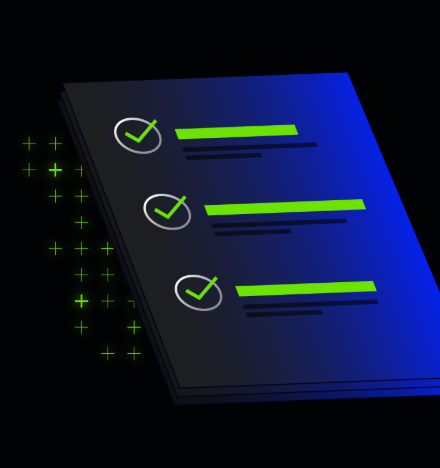
As artificial intelligence (AI) continues to transform industries worldwide, the European Union (EU) has introduced the AI Act, a comprehensive regulatory framework to ensure the ethical and responsible use of AI technologies. With AI rapidly advancing, the EU’s proactive approach aims to establish a safe, transparent, and accountable environment for AI development and deployment. This article will break down the key aspects of the EU AI Act and discuss how it impacts U.S. companies that operate or plan to operate in the European market.
What Is the EU AI Act?
The EU AI Act is the first of its kind—a legal framework designed to regulate AI across the European Union. It classifies AI systems into four risk categories to determine the level of oversight and regulation they require:
- Unacceptable Risk: AI applications that pose significant risks to safety or fundamental rights, such as government social scoring, are banned outright.
- High Risk: Critical AI systems in sectors like healthcare, transportation, and law enforcement face stringent regulations, including thorough documentation and risk assessments.
- Limited Risk: Applications such as chatbots must disclose to users that they are interacting with AI, ensuring transparency.
- Minimal Risk: Low-risk AI systems are largely unregulated, which encourages innovation in less sensitive areas.
Key Goals of the AI Act
The AI Act is designed with several core objectives in mind:
- Build Trust in AI: By ensuring the safety and reliability of AI systems, the Act seeks to increase public trust in these technologies.
- Protect Fundamental Rights: The regulations aim to safeguard citizens’ rights in accordance with existing EU laws.
- Encourage Innovation: The Act seeks to foster responsible innovation by providing a predictable regulatory environment for businesses.
What Does This Mean for U.S. Companies?
As U.S. businesses engage more deeply with European markets, understanding how the EU AI Act impacts their operations is essential. Here are some key considerations:
1. Navigating Compliance
U.S. companies with AI systems in Europe must evaluate their products and services against the EU AI Act’s requirements. High-risk AI systems will require thorough documentation, risk evaluations, and ongoing monitoring. Non-compliance could result in substantial fines, potentially as high as 6% of a company’s global revenue.
2. Gaining a Competitive Edge
Adapting early to the AI Act can offer U.S. companies a competitive advantage. By aligning with the regulatory framework now, businesses can position themselves as leaders in responsible AI, gaining trust and credibility in the European market.
3. Overcoming Barriers to Entry
For U.S. startups or smaller businesses, the AI Act’s high standards may pose challenges when entering the EU market. It’s critical for these companies to familiarize themselves with the regulations and invest in compliance strategies to navigate these barriers.
4. Impact on Global AI Regulation
Given the EU’s role as a regulatory leader, the AI Act is expected to influence AI regulations globally. U.S. companies that comply with the EU’s framework may find that their efforts align with evolving regulations in other regions, leading to a more cohesive global approach to AI governance.
Final Thoughts
The introduction of the EU AI Act marks a pivotal moment in AI regulation, setting a benchmark for future international standards. For U.S. businesses, understanding and adapting to these regulations is essential for success in the European market. By engaging with the AI Act proactively, companies can not only ensure compliance but also enhance their reputation, innovate responsibly, and secure a competitive position in the global AI landscape.




